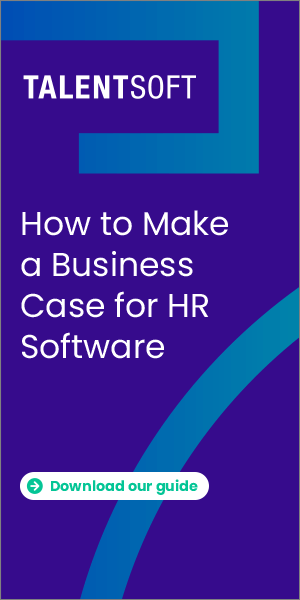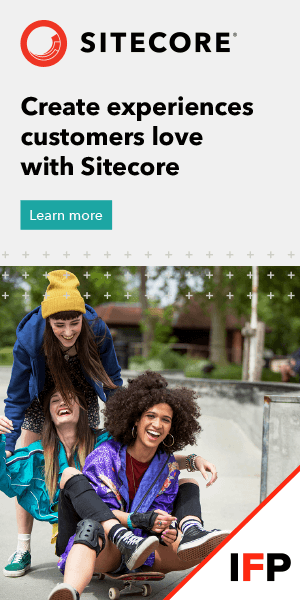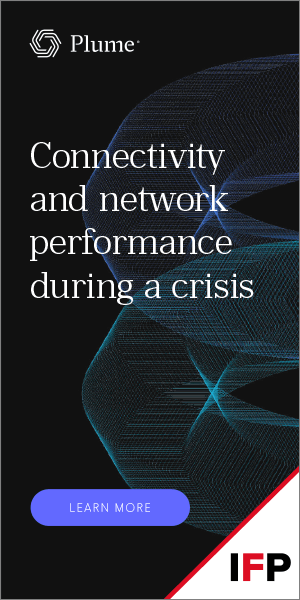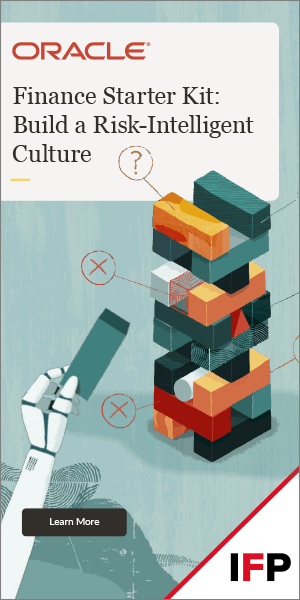Content that engages and converts
High quality editorial, video and advertising creatives specialised for demand generation.
Our Clients
Accelerating demand for leading brands. Slide through some of our favourite brands we've worked with.
What does Content Creation do?
Keeping a steady production of content creation for digital marketing is tough. Our range of content creation services are designed to do the heavy lifting for you.
How does Content Creation work?
We use intent data to track the trends in your market. Our team use these insights to craft powerful stories that will convert researchers into buyers.
Our Services
Guides & Whitepapers
High quality PDF content to engage buyers and power your demand generation strategy.
Our Services
Guides & Whitepapers
High quality PDF content to engage buyers and power your demand generation strategy.
Our services
Sponsored Articles
Connect your brand to our community by sponsoring the editorial content created by the IFP team.
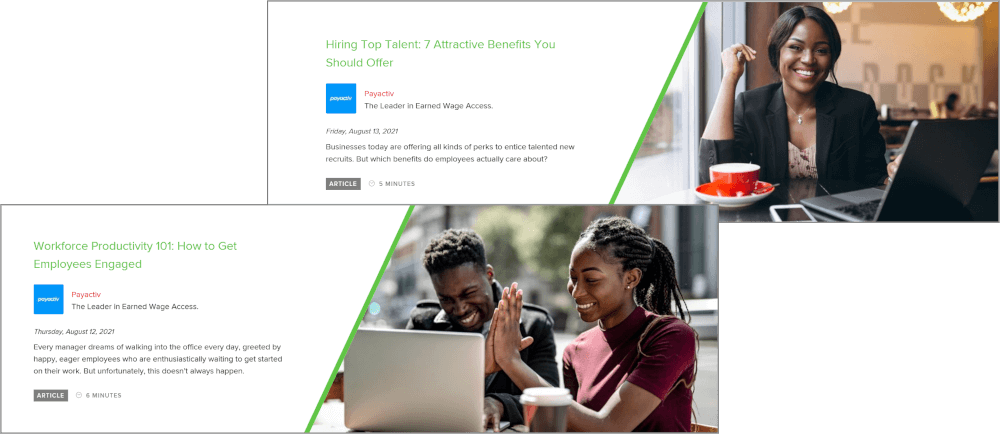
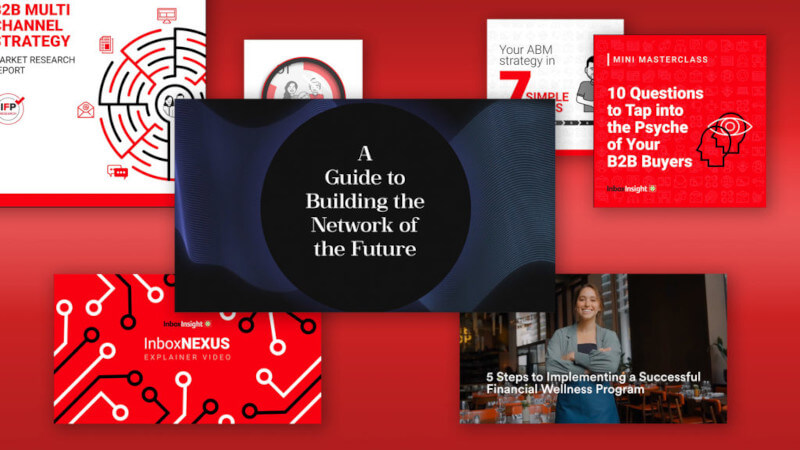
Our services
Video content
Rich media and video formats to capture the attention of your prospects and tell them your story with impactful visuals.
The content creation process
Walk through the content creation process to gain an understanding of how we work.








Briefing call to discuss audience topics and objectives.
Use 1st and 3rd party data insights to understand trending topics.
Agree the output and sign off on the final ideas.
Our specialist team write, edit and produce your content.
Pass to our graphic designers to match your desired brand guidelines.
Proof sent to your team for approval.
Make any amends followed by delivery of the final piece.
Devise an effective content syndication program to boost the results from your new content.
FAQs on Content Creation
Find the answers to the most pressing questions about content creation.
Creating content for B2B demand generation requires a strategic approach that focuses on your target audience's needs and pain points. Here are some types of content you should consider:
Ebooks and Whitepapers: These detailed, in-depth resources help you establish authority in your industry and provide value to your audience.
Webinars: Live or recorded webinars provide an interactive way to educate your audience about your offerings and industry trends.
Blog Posts: Regularly updated, SEO-optimized blog posts can drive organic traffic to your website and generate leads.
Infographics: They are visually appealing and can simplify complex data, making it easier for your audience to understand.
Videos: From product demos to customer testimonials, videos can engage your audience and boost conversion rates.
There are several benefits of outsourcing B2B content creation. First, it brings in expertise from professionals who specialize in content creation. This can be more cost-effective than hiring full-time staff, and it also saves time as you don't have to manage the process yourself. In addition, it allows for scalability; as your business grows, you can easily increase the amount of content being produced. Outsourcing also provides a fresh perspective, as external content creators can bring new ideas and approaches. Lastly, it ensures consistent delivery of content, which is crucial for maintaining audience engagement.
Content strategy for demand generation isn't about creating content for its own sake. It's about delivering the right content, to the right people, at the right time.
First, you need to understand your audience by identifying your customers, their needs, and their pain points to create content that truly resonates with them. Secondly, it's essential to define your goals. Whether it's generating leads, increasing conversions, or improving brand awareness, be clear about your ambitions.
Thirdly, conducting keyword research is critical. Using tools like Google Keyword Planner or SEMrush can help you pinpoint what your target audience is searching for. The next step is to create high-quality content that provides immense value to your audience, whether it's blog posts, white papers, webinars, or case studies.
Promoting your content is equally important. Utilize SEO, social media, email marketing, and other strategies to boost your content's reach. After promotion, analyzing your results using analytics tools can help track your content's performance, helping you identify what's working and what needs to be improved.
Based on the analysis, iterate and improve your content strategy.
Once your content is out in the world, don't forget to promote it to increase its reach.
Working alongside a content syndication partner you can determine who you want to reach with your content and how best to get them to engage with them. This can turn your content marketing into concrete results that will drive revenue.
Finally, ensure there is alignment between your sales and marketing efforts. This will help you deliver the right content to the right people at the right time - a crucial aspect of any effective content strategy.
Trending Content Creation Posts
What our customers are saying...
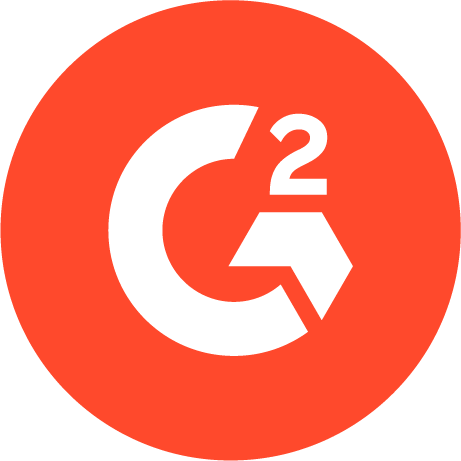
They matched design templates to our brand palette effortlessly and created white paper content within a matter of days.
Enterprise (>1000 emp.)

I turned to them specifically for expert content guidance, as well as plugging a resource gap. Both times they delivered.
Small Business (<50 emp.)

I've had market research reports conducted, infographics, content guides, banners -- all designed by their team.
Enterprise (>1000 emp.)
